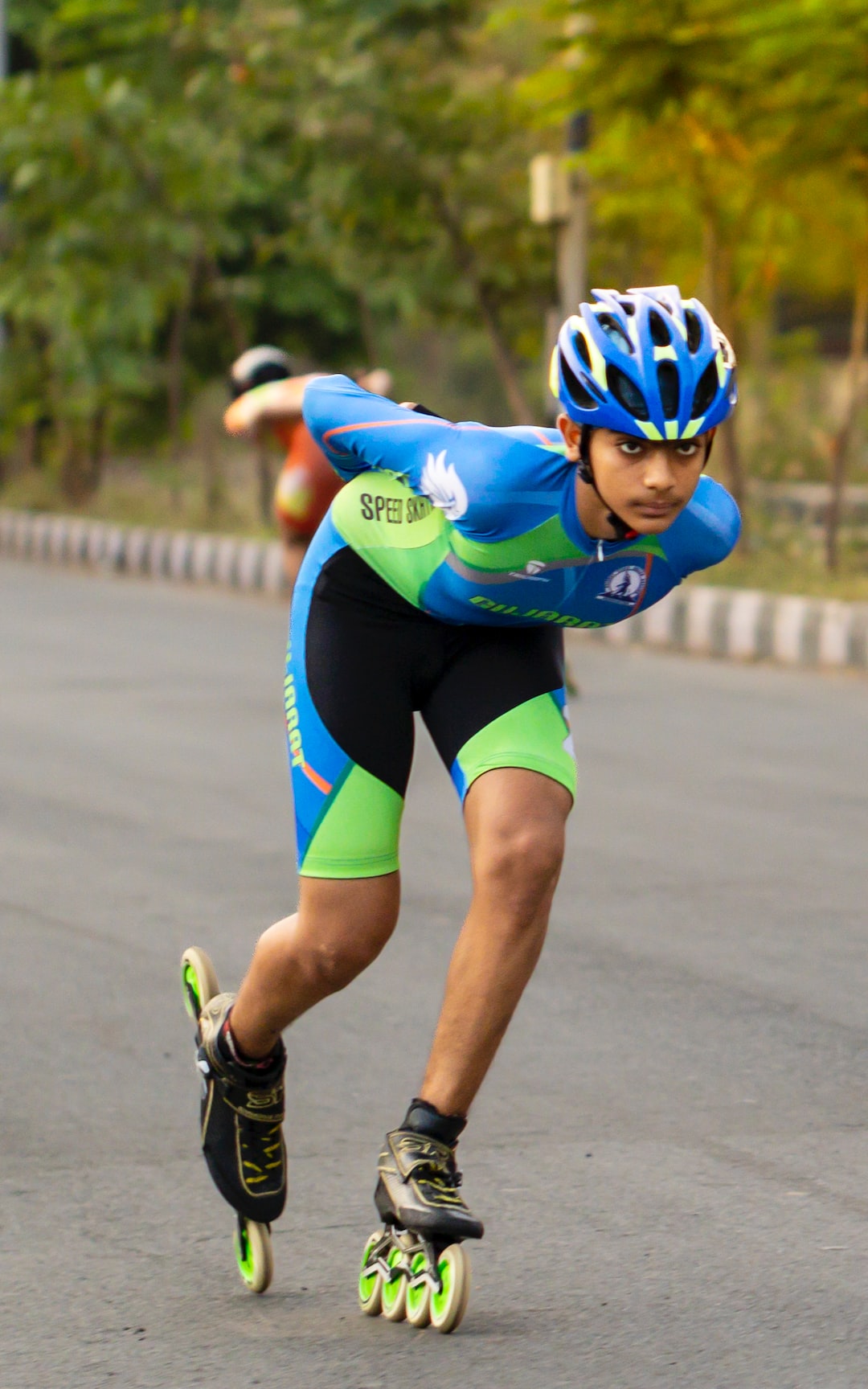Recovering Like a Pro: Methods for Optimal Athletic Rehabilitation
In the world of sports, injuries are an unfortunate reality. Even the most well-trained and experienced athletes can fall victim to a sudden twist, tear, or strain that puts them on the sidelines. However, what sets professional athletes apart is not just their ability to perform at peak levels, but their commitment to recovering like a pro. While injuries may be unavoidable, how athletes approach their rehabilitation can determine the speed and effectiveness of their recovery. In this blog post, we will explore some methods that professional athletes utilize for optimal athletic rehabilitation.
1. Get the Right Medical Attention:
When an injury occurs, seeking prompt and professional medical attention is crucial. Professional athletes understand the importance of having a team of qualified healthcare professionals by their side to diagnose the injury accurately and recommend the appropriate treatment plan. This may involve consulting with sports medicine physicians, physical therapists, or orthopedic surgeons who specialize in sports injuries.
2. Start with Rest and Recovery:
Rest is often the first and most critical phase of athletic rehabilitation. Giving the body time to heal is vital to prevent further damage and promote the repair process. Professional athletes understand that they need to be patient and disciplined during this stage, following the advice of their medical team to ensure a successful recovery. Rest may involve completely abstaining from physical activity or engaging in low-impact exercises that do not put stress on the injured area.
3. Embrace Physical Therapy:
Following the rest phase, professional athletes often turn to physical therapy to regain strength, flexibility, and mobility. Rehabilitation exercises are specifically designed to target the injured area and surrounding muscles. Physical therapists play a crucial role in demonstrating and guiding athletes through these exercises, offering hands-on techniques such as massage, stretching, or joint mobilization. Consistent and dedicated practice of physical therapy exercises can accelerate the recovery process and minimize the risk of reinjury.
4. Utilize Advanced Technology:
Advancements in technology have revolutionized the field of athletic rehabilitation, offering new methods for optimal recovery. Professional athletes often have access to cutting-edge tools and techniques, such as cryotherapy chambers, electrical stimulation devices, or hyperbaric oxygen therapy. Cryotherapy chambers use extremely cold temperatures to reduce inflammation and accelerate the healing process. Electrical stimulation devices can improve muscle strength and reduce pain. Hyperbaric oxygen therapy involves breathing pure oxygen in a chamber to increase oxygen levels in the blood, promoting tissue repair and reducing swelling.
5. Proper Nutrition and Supplementation:
Professional athletes understand that their bodies require proper nutrition to heal efficiently. They work closely with nutritionists and dieticians to develop a customized meal plan that includes a balance of macronutrients and micronutrients. Adequate protein intake is particularly crucial for repairing damaged tissues, while a variety of vitamins and minerals support overall recovery. Additionally, supplements such as fish oil, collagen peptides, or turmeric may be incorporated to enhance the healing process and reduce inflammation.
6. Psychological Support:
Athletic injuries can take a toll not only on the body but also on an athlete’s mental health. Professional athletes recognize the importance of seeking psychological support during the rehabilitation process. Sports psychologists can help athletes cope with the frustration, anxiety, and depression that may arise from being unable to participate in their sport. Techniques such as visualization, relaxation exercises, and goal-setting can contribute to a positive mindset and aid in a successful return to play.
Recovering from an athletic injury is never easy, but with the right approach and mindset, athletes can optimize the recovery process. Seeking proper medical attention, embracing rest and physical therapy, utilizing advanced technology, maintaining a nutritious diet, and seeking psychological support are all essential aspects of recovering like a pro. By following these methods, athletes can aim for a full recovery and return to the game stronger than ever before.


